As seen in our 2023 EOY Newsletter: Click Here
By: Kristin Tocket, CPC, QPA, QKA, TGPC
In a qualified retirement plan, if the account balances of key employees exceed 60% of the plan assets, the plan is considered to be top-heavy for the plan year. Being top-heavy triggers a requirement for non-key employees to receive a minimum contribution each year. This mandatory contribution can be a significant financial burden, particularly for small businesses who weren’t expecting it.
Nondiscrimination and coverage testing rules have long allowed employers to test otherwise excludable employees (those who haven't reached age 21 or completed a year of service) separately. Disaggregated testing was meant to encourage plan sponsors to permit employees to participate in the plan prior to satisfying the maximum eligibility requirements permitted by law. However, top-heavy was never included in the disaggregated testing rules. Consequently, plans often excluded employees that did not meet the maximum eligibility requirements in order to minimize their top heavy contributions.
Section 310 of SECURE 2.0 offers a solution that will remove some of the financial incentive to exclude early participation: otherwise excludable employees no longer need to receive a top-heavy minimum contribution in a defined contribution plan. This significant change will be effective for Plan years beginning after December 31, 2023.
While this development is promising, there is still a concern for certain top-heavy 401(k) plans that have different entry requirements for employee deferrals than their safe harbor match. Normally, a safe harbor plan is exempt from top heavy as long as the only contributions made to the plan are deferrals and safe harbor contributions.
However, the IRS has ruled that a safe harbor plan which has different eligibility requirements loses its ability to be exempt from top-heavy. This means that participants who have met age 21 and a year of service will need to receive a top-heavy minimum contribution. If they made a deferral of at least 3% of pay, the safe harbor match would satisfy the top heavy minimum, however if they did not defer, or deferred less than 3%, the employer would need to make up the difference to get them to the top heavy minimum.
Given the change to the top-heavy rules, as well as the recent proposed regulations on long-term part-time employees (see Barry and Corey’s article), we are hopeful that the IRS will revisit their earlier ruling. However, if it’s not addressed, plan sponsors may want to consider amending their plan to switch to a safe harbor non-elective contribution, or to change the eligibility for safe harbor match to align with the eligibility for deferrals.
